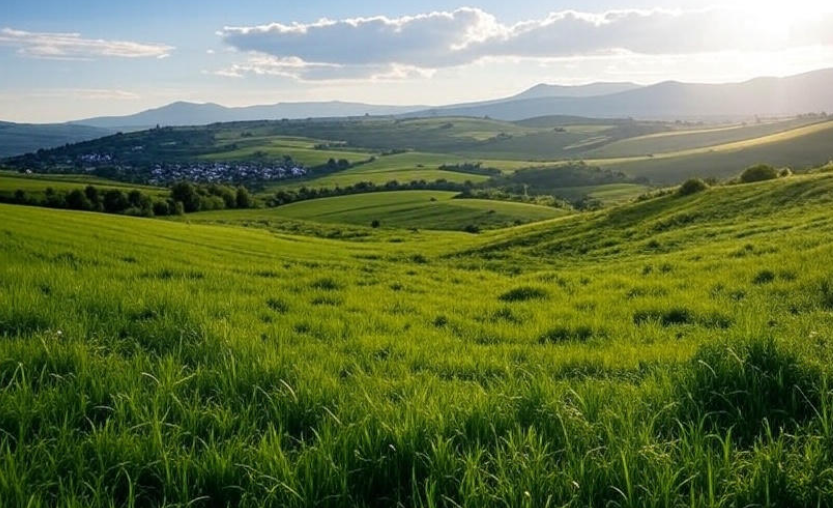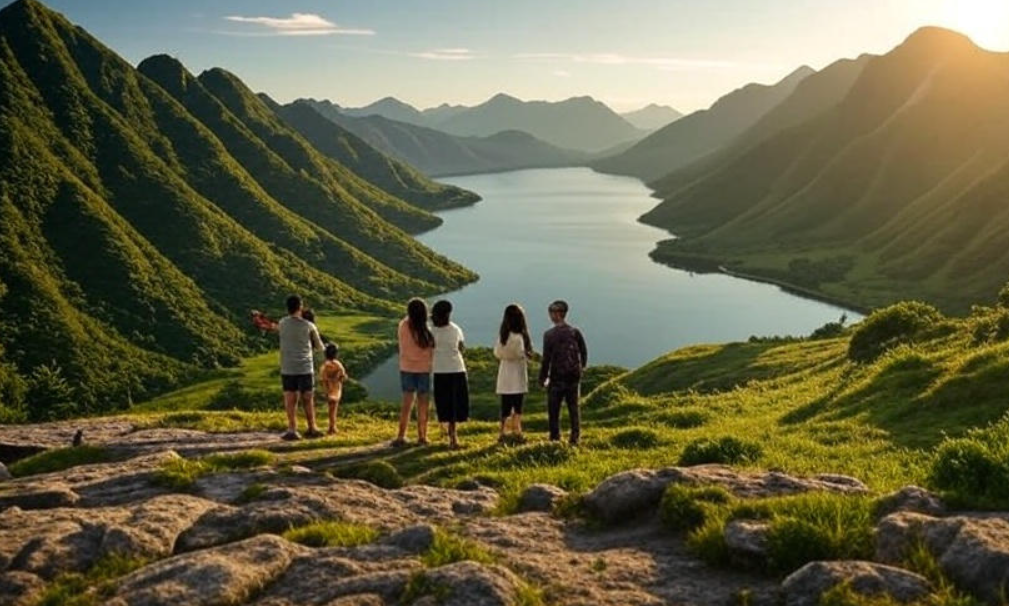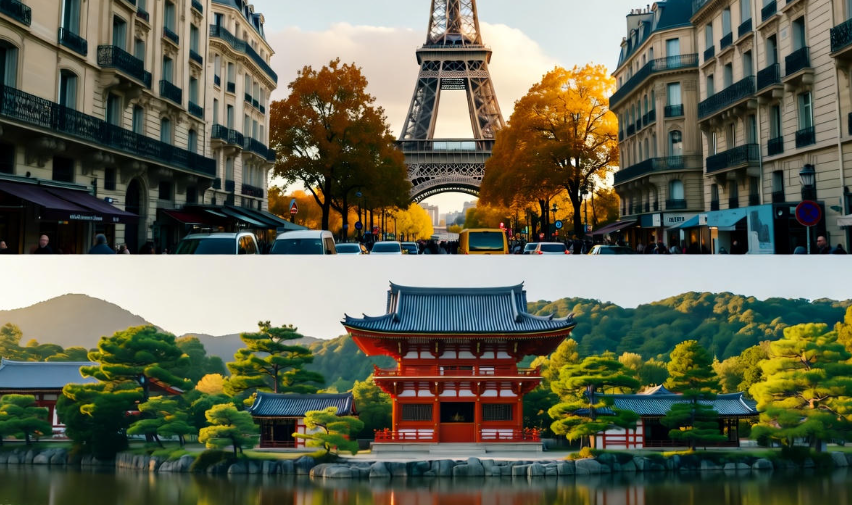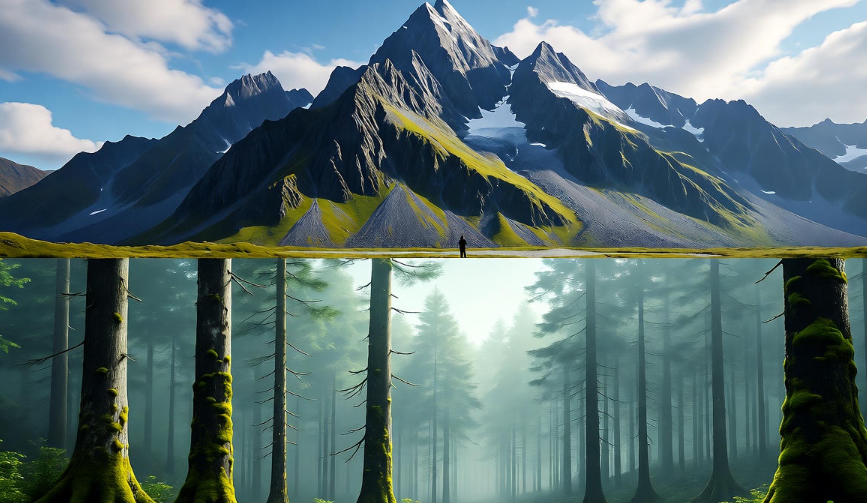When we think about countries, we often imagine beaches, coastlines, and ports. But did you know there are many countries in the world that don’t touch the ocean at all? These are called landlocked countries, and they rely on their neighbors for trade and access to seas. Despite this, many of these countries have rich cultures, stunning landscapes, and fascinating histories. Let’s explore the top 10 landlocked countries you should know about.
1. Switzerland
Switzerland is famous for its chocolates, watches, and breathtaking Alps. Being landlocked hasn’t stopped it from becoming one of the world’s most developed countries. Its central location in Europe makes it a hub for finance and diplomacy. Fun fact: Switzerland has no official capital; Bern acts as the de facto capital.
2. Austria
Nestled in the heart of Europe, Austria is known for its classical music, stunning mountains, and rich history. It has no coastlines but makes up for it with beautiful rivers like the Danube. Vienna, the capital, is often ranked as one of the best cities to live in globally due to its culture, safety, and quality of life.
3. Hungary
Hungary is a hidden gem in Europe, famous for its thermal baths, paprika, and historic architecture. Budapest, the capital, is split by the Danube River into Buda and Pest, offering scenic views and cultural landmarks. Despite being landlocked, Hungary has thriving trade thanks to its central European location.
4. Nepal
Nestled between India and China, Nepal is home to the majestic Himalayas, including Mount Everest – the world’s highest peak. ️ It’s a land of adventure and spirituality. Tourists flock here for trekking, meditation retreats, and experiencing unique cultural festivals.
5. Bolivia
Bolivia might surprise you. While it lost its coastline to Chile in the 19th century, it’s still rich in natural resources and culture. From the Salar de Uyuni (the largest salt flat in the world) to Lake Titicaca, Bolivia is full of unique landscapes that make it worth exploring.
6. Paraguay
Paraguay is often overlooked, but it’s an interesting South American country with a strong Guarani influence. Being landlocked hasn’t stopped it from thriving in agriculture. The Paraguay River helps with trade and transport, keeping the country connected despite no direct access to the ocean.
7. Kazakhstan
Kazakhstan is the largest landlocked country in the world! It stretches from the Caspian Sea in the west to the Altai Mountains in the east. Rich in oil, minerals, and culture, Kazakhstan offers stunning steppe landscapes and historical Silk Road cities. Its capital, Astana (now called Nur-Sultan), is known for futuristic architecture.
8. Mongolia
Known for its vast steppes and nomadic lifestyle, Mongolia is a country where the horizon seems endless. Genghis Khan, one of history’s most famous conquerors, originated here. Despite being landlocked, Mongolia maintains trade through neighboring China and Russia. The Gobi Desert and traditional festivals attract adventurous travelers.
9. Ethiopia
Ethiopia, in the Horn of Africa, is a country with ancient history and a rich cultural tapestry. It lost its coastline when Eritrea became independent in 1993. Still, Ethiopia remains an economic and cultural powerhouse in the region. It’s famous for its coffee, historic churches, and unique calendar system.
10. Serbia
Serbia is a Balkan country with a rich history and vibrant culture. From medieval monasteries to bustling nightlife in Belgrade, it has something for everyone. Though landlocked, Serbia’s rivers and rail networks ensure that trade flows smoothly, keeping it connected with neighboring countries.

Interesting Table: Landlocked Country Facts
| Country | Continent | Capital | Interesting Fact |
|---|---|---|---|
| Switzerland | Europe | Bern | No official capital, famous for Alps |
| Austria | Europe | Vienna | Known for classical music & Danube |
| Hungary | Europe | Budapest | Thermal baths & paprika cuisine |
| Nepal | Asia | Kathmandu | Home of Mount Everest |
| Bolivia | South America | Sucre (official) | Salar de Uyuni, Lake Titicaca |
| Paraguay | South America | Asunción | Rivers support trade despite no coast |
| Kazakhstan | Asia | Nur-Sultan | Largest landlocked country |
| Mongolia | Asia | Ulaanbaatar | Famous for Genghis Khan & nomads |
| Ethiopia | Africa | Addis Ababa | Coffee origin & ancient churches |
| Serbia | Europe | Belgrade | Rich medieval & modern culture |
Why Landlocked Countries Matter
Being landlocked can be challenging because countries lack direct access to sea trade routes. But it doesn’t mean they can’t thrive. Many invest in infrastructure, rivers, and trade agreements with neighbors to stay economically competitive. Plus, landlocked countries often have unique cultures, landscapes, and traditions shaped by their geography.
FAQs
Q1: What does landlocked mean?
A landlocked country is a country entirely surrounded by land, with no coastlines touching an ocean or sea.
Q2: How do landlocked countries trade internationally?
They often rely on neighboring countries’ ports, rivers, or rail networks to export and import goods.
Q3: Are landlocked countries less developed?
Not necessarily! Countries like Switzerland and Austria are highly developed. Geography can pose challenges, but smart planning and trade partnerships overcome them.
Q4: Can a country become landlocked over time?
Yes! Borders change due to wars or agreements. For example, Bolivia lost its coastline to Chile in the late 1800s.
Q5: Which is the largest landlocked country?
Kazakhstan is the largest landlocked country in the world by area.
Conclusion
Landlocked countries may lack beaches, but they more than make up for it with culture, history, and stunning landscapes. From the Swiss Alps to the Mongolian steppes, these countries prove that you don’t need a coastline to be fascinating, successful, or beautiful.




